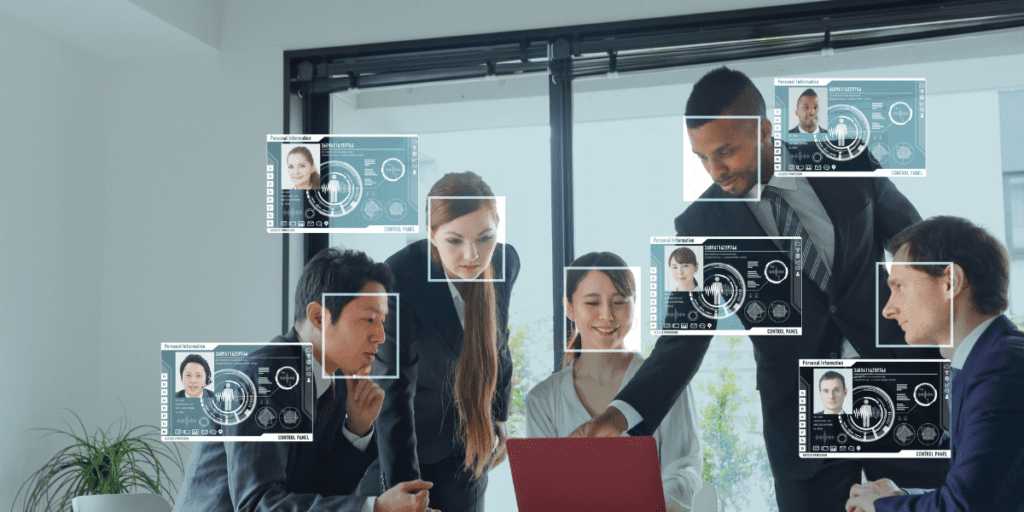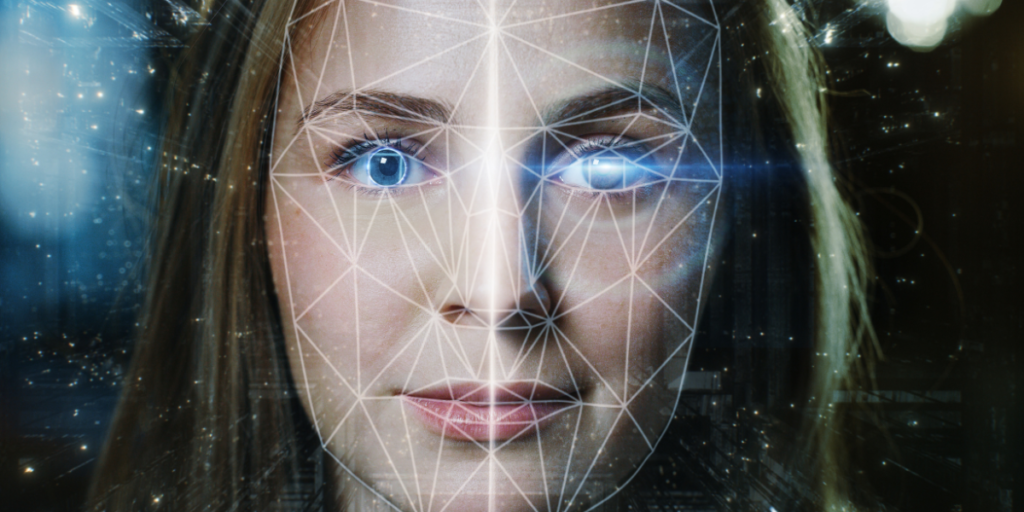5 ways biometric technology is making the financial industry more secure and accessible
In this article, we’ll explore five ways how the use of biometrics in the banking industry is enhancing security and improving accessibility. In recent years, we have witnessed the integration of biometric technology with many aspects of our daily lives across virtually every industry. In the financial industry, the use of biometrics in banking has transformed how we interact with them, from accessing apps and authenticating payments to storing data and accessing banking (virtually and physically). Customers are able to use their unique biometric identifiers, like fingerprints and facial recognition, to streamline activities in their everyday lives. These include opening mobile phone banking apps and making contactless payments online and at retail stores. Recent research has highlighted the rapid growth of biometrics in the banking and financial industry with one study reporting a 54% increase in the total number of digital banking users from 2020. The total number of users is set to reach more than 3.6 billion by 2024. Let’s take a look at the top five reasons biometric technology has experienced so much growth within the financial industry. 1. Secure and accurate identification and authentication Biometric authentication provides a much more secure method of identity verification. For example, mobile banking customers can use their unique biometrics in lieu of passwords, pins or security keys. Not only does this remove the need to remember numerous bits of information, but it is much harder to duplicate facial patterns, fingerprints or voice patterns than to steal a password. If the customer loses their mobile phone or has it stolen, their banking apps cannot be accessed by anyone else if they have biometric security. 2. Enhanced fraud detection and prevention Biometric technology can detect abnormalities in behaviours or traits, helping recognise identity theft in person and online. Once these abnormalities are detected, financial institutions can take action to safeguard the customer against financial fraud. Cardless ATMs using multi-factor authentication have also helped tackle fraud. If criminals have access to a customer\’s bank card and have gained access to their pins and passwords through phishing emails or malware, they can use this information to steal money from their bank account via an ATM. Multi-Factor authentication using biometrics is helping financial institutions to tackle this problem. The customer is required to log on to their online banking using biometrics when they reach the ATM. Once the customer\’s identity is verified and they have logged in to the app, they can hold their phone up to the reader at the ATM to withdraw cash. 3. Frictionless customer experience In a study conducted by Visa, 61% of consumers said that biometrics are faster than passwords, and 70% said biometrics are easier than passwords. Digital wallets and remote access to banking have transformed how customers interact with their banks. Consumers have the option to manage financial transactions from any location and across devices – much more convenient than going to a physical location. Electronic payments have fast become the most popular way to pay. Using physical biometrics in banking payments is much quicker and easier than using a physical card and remembering pin codes, and it is also safer. A criminal with a stolen phone cannot use bank cards that use biometric verification, while a criminal with a stolen credit card can potentially do a lot more damage. 4. Increased accessibility By simplifying processes and removing hurdles present in traditional banking, the use of biometrics in banking has increased the accessibility for people with disabilities and other barriers. Elderly individuals and people with memory issues may find remembering PINs and passwords very challenging. Using their biometrics removes this barrier. Remote banking access has also increased the accessibility of banking for those who live in remote areas or those who have mobility issues and struggle to attend a physical bank. Individuals who struggle to use technology may find the seamless integration of biometrics with mobile banking apps a much more user-friendly experience than traditional online banking with passwords and keycards. 5. Enhanced security for physical financial institutions Using biometrics to improve the security of financial institutions doesn’t stop in the digital world. Biometric access control has significantly improved the security of physical locations, with the implementation of biometric access doors and gates. These highly secure entry points prevent unauthorised individuals from accessing secure areas and negate the risk of identity fraud. For example, if a criminal has gained access to a person\’s private banking data with the intention of assuming their identity to access their finances, they will be immediately denied access at the gate when their biometrics do not match the stolen identity. At Arana Security, we understand how important secure access systems are for financial institutions. Our D-Flow access gate, which we recently installed in an investment bank, uses the latest biometric technology for identification and authentication. How does it work? The user validates their access card where indicated on the gate If the user is authorised, the gate will open immediately If the user is unauthorised, access will be denied The gate closes immediately after an authorised user enters, preventing tailgaters from gaining access Why secure your business with D-Flow? D-Flow is compatible with facial recognition, fingerprint recognition, iris recognition, and MorphoWave™. Unique features mean higher levels of precision and security. Designed for quick and easy access Our wider gate design improves accessibility for users For more information about D-FLow, you can watch our D-Flow video, or book a consultation with our biometric security experts.
5 ways biometric technology is making the financial industry more secure and accessible Read More »










